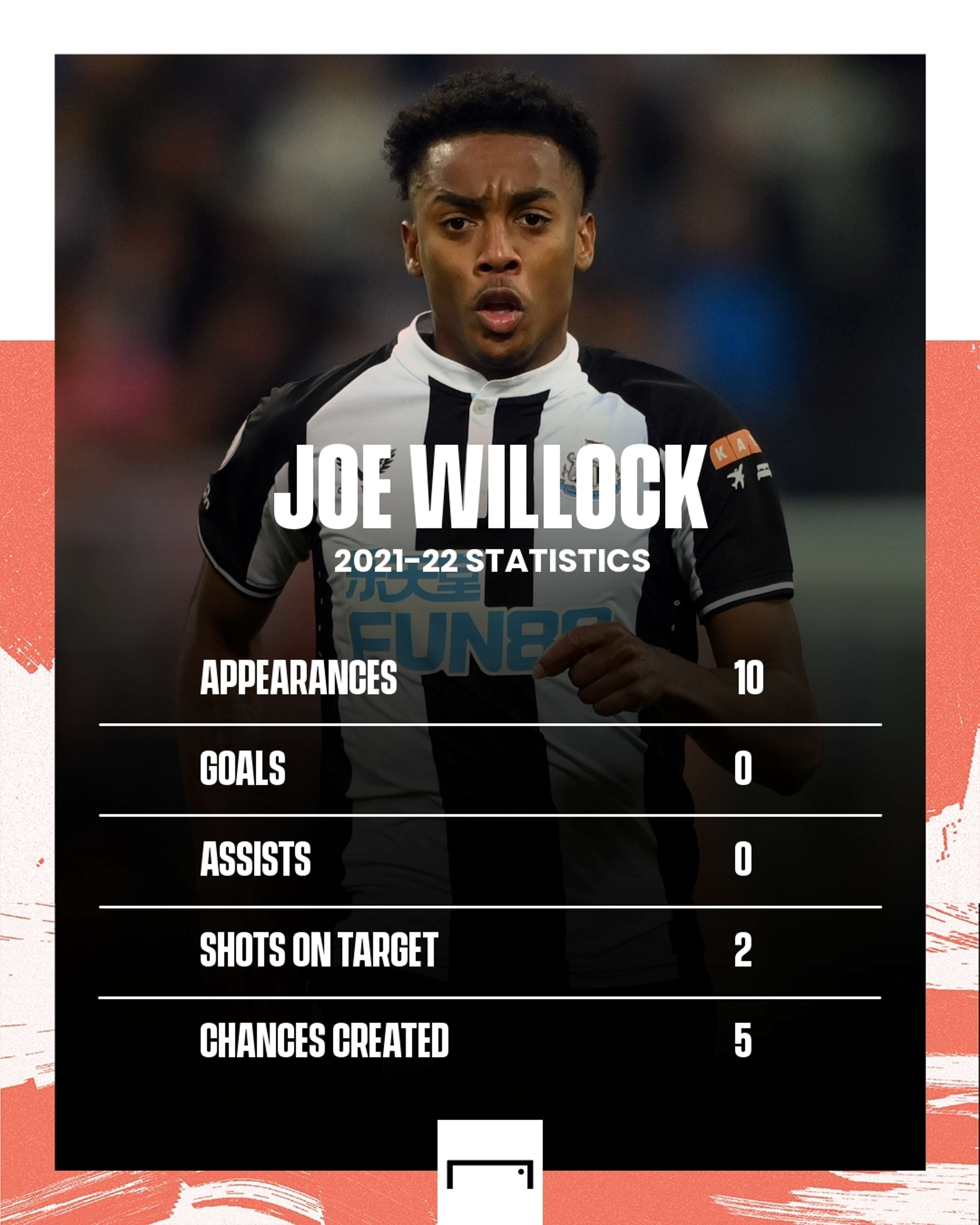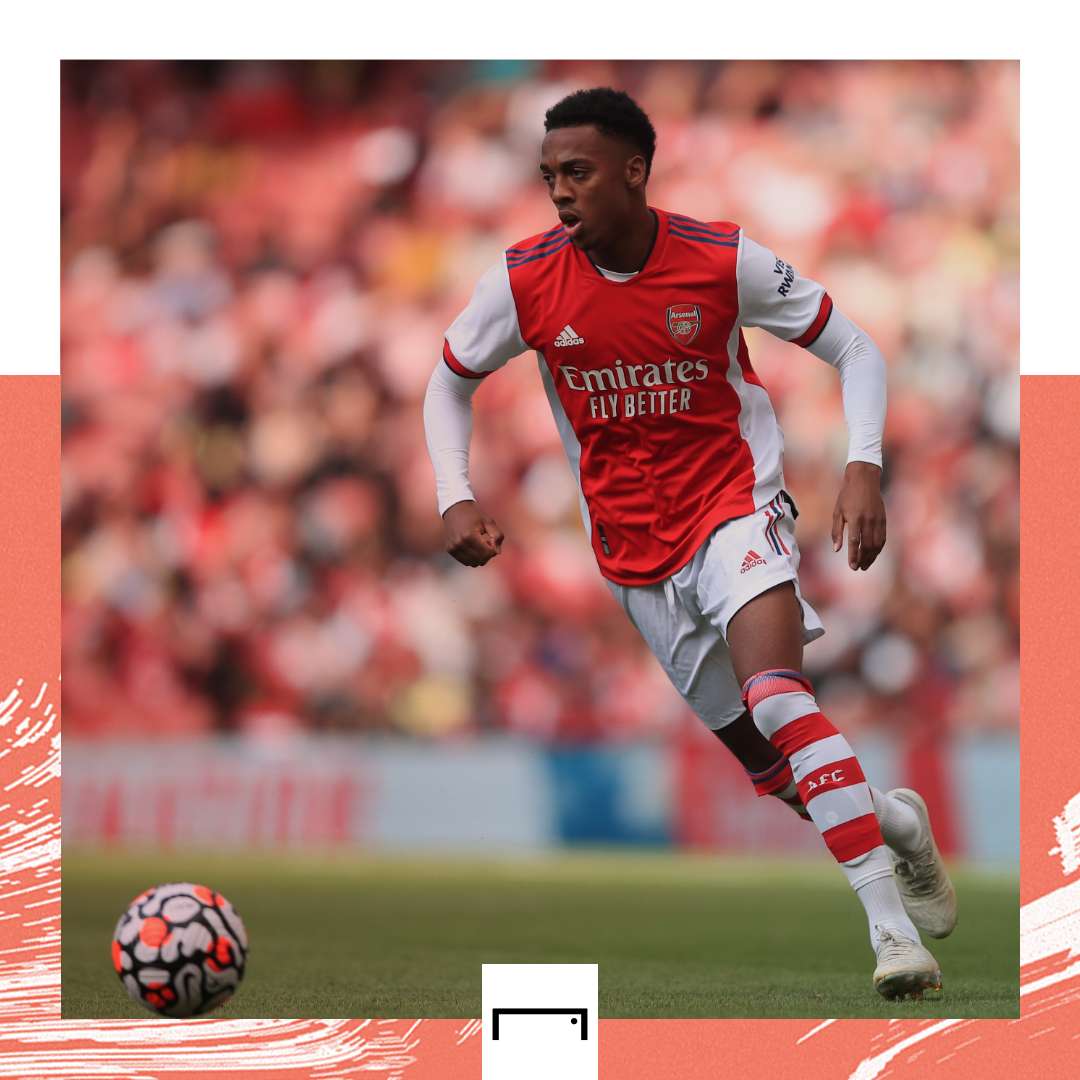It was a deal that caused huge debate among Arsenal fans throughout the summer.
Joe Willock was in demand after his record-setting loan spell at Newcastle during the second half of last season, with the Magpies desperate to get him back to St James’ Park on a permanent basis.
So, what were Arsenal to do? The fanbase was split.
One side argued that the Gunners may never get a better price for the attacking midfielder, who ended the 2020-21 campaign by scoring in eight successive Premier League games, saving Newcastle from relegation in the process.
On the other side, there were many who argued that Arsenal were not in the position to let a free-scoring attacking midfielder leave when Mikel Arteta had a squad that had spent the season struggling for goals, especially from midfield.
It was a conversation that went on throughout the summer until August 13, when – with just under three weeks of the transfer window remaining – a deal with Newcastle was agreed.
After 15 years in north London and having progressed through to the first team from the Hale End academy, Willock was sold for a fee which could eventually reach £25 million ($33m).
"Leaving Arsenal is obviously a big step,” Willock said at the time. “I’d like to thank everyone involved with the club for all their support over the years, but this is the right move to the right club at the right time for me.”
 Getty/GOAL
Getty/GOALWillock will return to Arsenal for the first time on Saturday following his switch to Newcastle.
It is sure to be an emotional moment and he will no doubt be desperate to open his account for the season when he lines up against his former club, having now gone 11 games without a goal in 2021-22.
You have to go back to the 2-0 win at Fulham on the final day of last season to find the last time the 22-year-old was on target.
Unsurprisingly, he has found it impossible to replicate the incredible scoring run he went on during those final weeks of the campaign.
And that is why Arsenal were right to cash in on the midfielder when they had the chance last summer.
“Obviously it was a difficult decision to let him go,” Mikel Arteta explained, while discussing Willock’s return to the Emirates Stadium this weekend.
“I think it will be really nice to have him back because we all love and like Joe. But I think he’s shown that’s what he needed as well was to play the minutes that he’s finding now and to find a new challenge.”
Arsenal have revolutionised the way their loan department operates in recent seasons, especially when it comes to academy products.
While the aim is always to produce players from Hale End who can go on to become mainstays in the first team, such as Emile Smith Rowe and Bukayo Saka, there is now an understanding that the academy should also be a valuable revenue source.
So, players are sent out on loan not just with the view of returning and pushing for a place in the senior side, but also to maximise their potential value.

“This club has always had a rich history of producing fantastic players – not just for Arsenal, but for the game more broadly,” said Ben Knapper, who was appointed as Arsenal’s loan manager in 2018.
“That continues today, and I see much of my role being about complementing the great player development work that goes on day in, day out at our club.
“We’re trying to further capitalise on this by managing the pathway of our players into the senior game and more broadly towards them achieving their potential.
“Of course, we all hope this leads them on to playing in the first team for Arsenal, but we’re realistic and understand that is often not the case.
“We’re trying to be much more deliberate and strategic about this whole process and we think that on every level that makes sense. Morally, economically and from a sporting perspective.”
Knapper helps to manage all of the players Arsenal send out on loan during a season.
He is in touch with them on a regular basis, watches their games – either in person or on video – and reports back to Arteta, academy manager Per Mertesacker and technical director Edu to keep the management team updated on their progress.
But he also leads the process of finding the right club for players to join on loan. It is a stringent process, with many different factors looked at before a final decision is made.
“We look at playing style, squad competition and the characteristics of the head coach,” Knapper explained. “Once we’ve identified a club we think is suitable, we then engage with the market to try and make it happen.”
That is exactly what Arsenal did with Willock last January when they decided that the midfielder, who had started just two Premier League games during the first half of the season, would be better served heading out on loan.

Several clubs were interested, but they felt Newcastle was the best option for Willock to develop under the guidance of the experienced Steve Bruce.
It was an inspired choice, with Willock’s exploits while at St James’ Park seeing his value dramatically increase in just a few short months.
Had he been sold in January, Arsenal would have been fortunate to receive £10m ($13m), but they could now end up pocketing close to £25m should all the add-ons be met from the deal they eventually reached with Newcastle.
And while there were some fans who were understandably reluctant to sell Willock in the summer following his eight-goal burst at the end of last season, Arsenal felt that the deal on offer was too good to turn down for a player who was not integral to Arteta’s plans and was unlikely to start many games.
And as their former player prepares to return on Saturday, it’s difficult to argue that they haven’t been proven right.
In his 10 appearances in all competitions this season, Willock has yet to score or contribute an assist.
He is averaging just 0.95 shots per 90 minutes, compared to 1.74 during his 14-game loan spell on Tyneside last season and his shot conversion rate is at just 3.87 percent this season, way down on the 42.11% rate he was operating at for Newcastle in 2020-21.
And while this is by no means proof that Willock will not go to become a big success at St James’ Park over the next few years, it’s an indicator that Arsenal were right to think that the numbers he was producing last season were far from sustainable.
The decision to let Willock leave is an example of Arsenal getting things right in the transfer market and it’s one the club hopes to replicate going forward as they look to use the loan system to generate maximum revenue.




